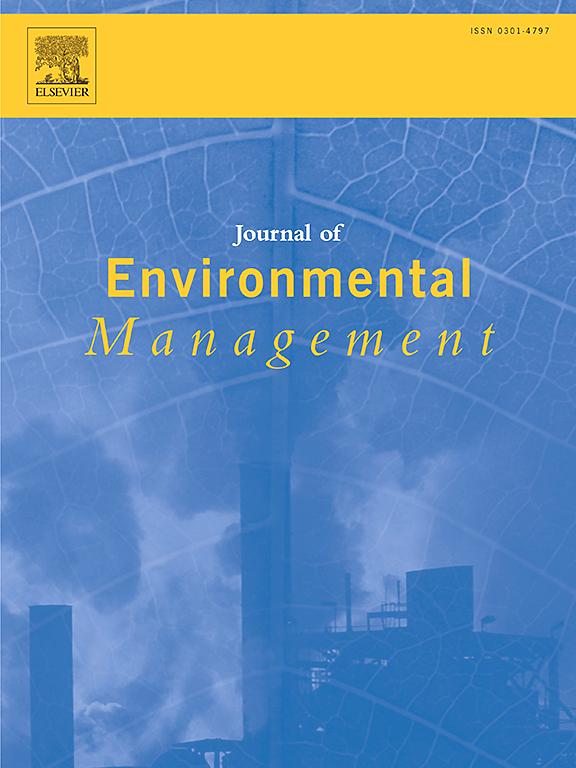Numerical simulation of thermal effects on seawater intrusion management by coastal cutoff walls
IF 8
2区 环境科学与生态学
Q1 ENVIRONMENTAL SCIENCES
引用次数: 0
Abstract
Seawater intrusion into coastal aquifers poses significant challenges for groundwater management, particularly under fluctuating thermal conditions. This study employs a two-dimensional numerical model to explore the combined effects of temperature gradients and geological stratification on seawater intrusion and the performance of coastal cutoff walls. The results show that temperature gradients between seawater and groundwater substantially affect intrusion patterns, with the wedge extension under variable temperature gradients is 54 times greater compared to the scenario with a constant temperature gradient. Colder seawater exacerbates intrusion, increasing the wedge by 18.7 %, while warmer seawater mitigates it, reducing the wedge by 14.5 %. The performance of cutoff walls is temperature-dependent, with efficiency decreasing as temperature differences widen. In heterogeneous aquifers, cutoff walls can reduce the saltwater wedge by up to 66.73 % under the influence of colder seawater intrusion. In such aquifers, the extent of the saltwater wedge is not solely determined by the thickness of the highly permeable layer, but rather by the proportion of its thickness at the base of the cutoff walls. This study highlights the importance of incorporating thermal and stratigraphic factors in the design of mitigation measures, emphasizing the need for site-specific strategies to address the challenges posed by changing thermal conditions and aquifer heterogeneity.
求助全文
约1分钟内获得全文
求助全文
来源期刊

Journal of Environmental Management
环境科学-环境科学
CiteScore
13.70
自引率
5.70%
发文量
2477
审稿时长
84 days
期刊介绍:
The Journal of Environmental Management is a journal for the publication of peer reviewed, original research for all aspects of management and the managed use of the environment, both natural and man-made.Critical review articles are also welcome; submission of these is strongly encouraged.
 求助内容:
求助内容: 应助结果提醒方式:
应助结果提醒方式:


